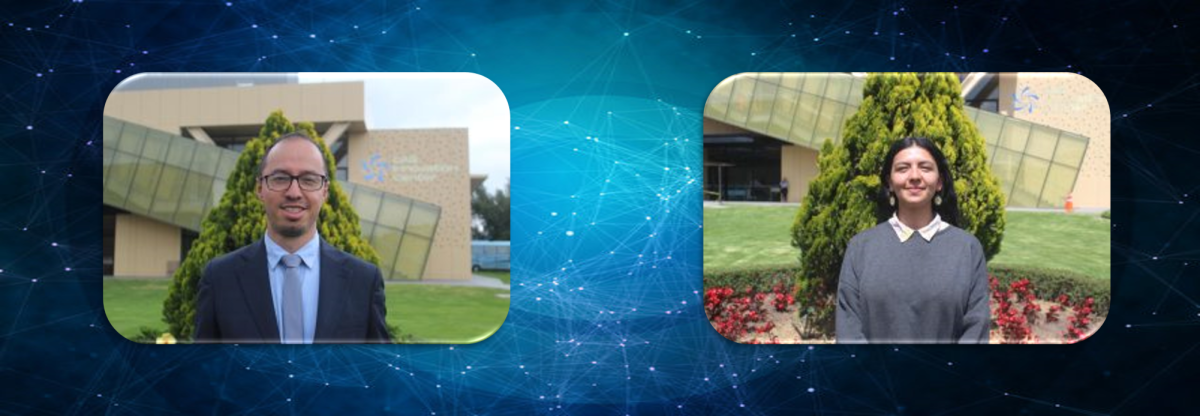What is a scientific model and how has it evolved?
Over thousands of years, modeling has been a crucial tool for explaining or predicting phenomena through the simplified representation of complex systems, events, and processes. For instance, the ancient Greeks, Egyptians, and Romans drew architectural plans or models before constructing advanced amphitheaters and aqueducts. Further, during the 2nd century, Claudius Ptolemy, an early Greek mathematician, astronomer, and geographer, developed the Ptolemaic model of the universe, which shows how celestial bodies orbit around the Earth. Centuries later, Nicolaus Copernicus discovered, though the Ptolemaic model was not exact, it was still extremely helpful for explaining or predicting the positions of planets.
How are scientific models used at CAS?
Nowadays, at educational institutions such as CAS, scientific models have been broadly used not only to foster a more dynamic and diverse learning environment, but also to aid students in understanding perplexing arrangements. As a result, subjects such as Science, Physics, and Chemistry use modeling such as laboratory experiments to exemplify the measurement of forces, online simulations about the behavior of particles, representations of the Kinetic Molecular Theory, and the development of scale models for the different cell types; this has supported the student learning process remarkably. Hence, it is expected that the rise of technology will enhance the use of models in natural sciences and education.








